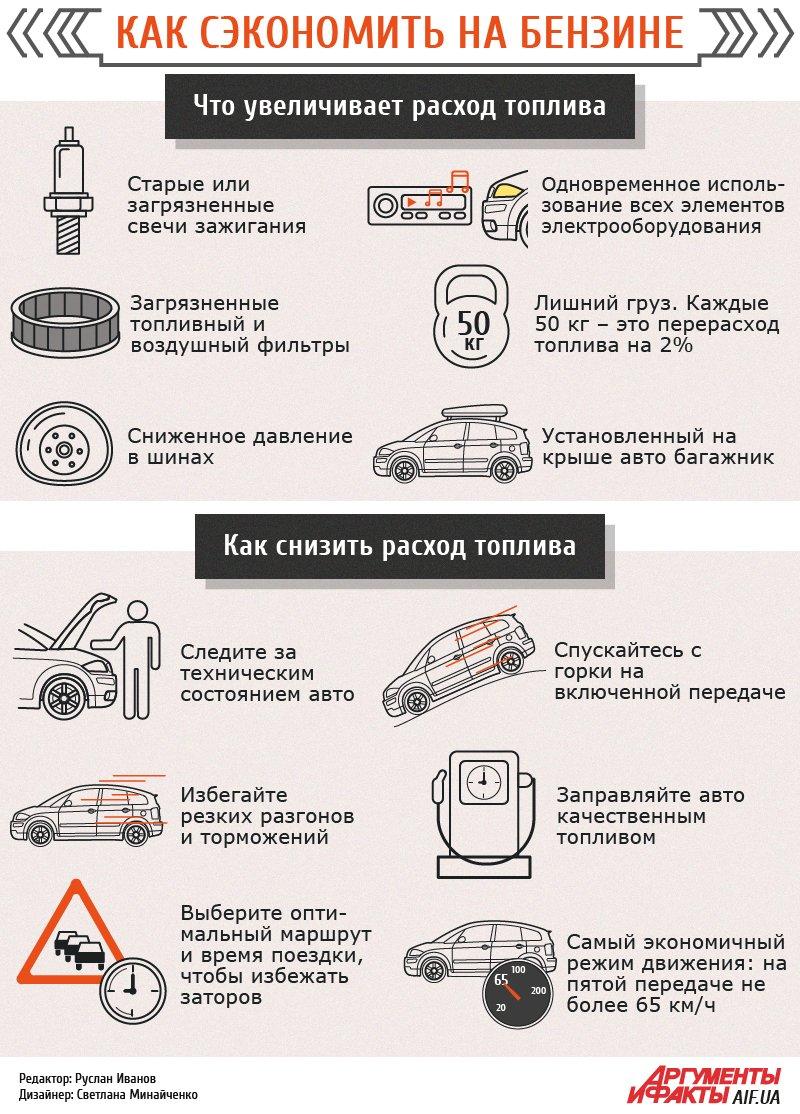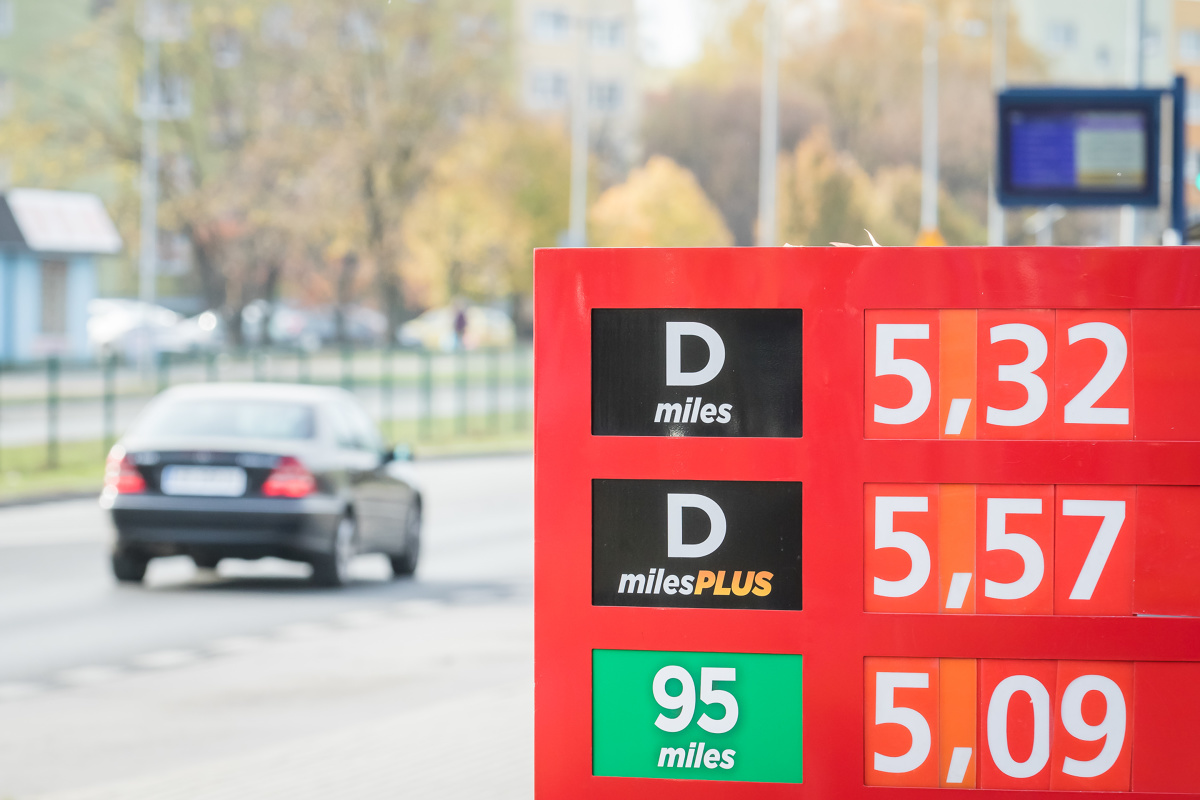
How to save fuel? Here are proven ways to use less fuel
 Car users expect their cars to use as little fuel as possible. This can be achieved not only with a smooth ride, but also with modern design solutions and technologies.
Car users expect their cars to use as little fuel as possible. This can be achieved not only with a smooth ride, but also with modern design solutions and technologies.
Reducing fuel consumption is also one of the top priorities for car manufacturers. After all, the idea is for the car to be successful in a market where buyers are in demand for economical cars. Fuel saving technologies are increasingly used by car brands for a wide range of customers. For example, Skoda has been using a new generation of TSI gasoline engines for several years, which are designed to squeeze the maximum energy out of every drop of gasoline. The TSI divisions are in line with the idea of downsizing. This term is used to describe the reduction in engine power while increasing their power (relative to displacement), which in turn results in reduced fuel consumption. An important issue is also the weight reduction of the drive unit. In other words, downsizing engines need to be not only environmentally friendly, but also efficient and economical.
An example of such an engine is the Skoda 1.0 TSI three-cylinder petrol unit, which - depending on the configuration - has a power range from 95 to 115 hp. In order to maintain good performance with a small engine size, an efficient turbocharger was used, which forces more air into the cylinders. In addition, it was necessary to ensure accurate fuel injection. This task is entrusted to the direct injection system, which delivers precisely defined doses of gasoline directly into the cylinders.
 The 1.0 TSI engine is installed on the Fabia, Rapid, Octavia and Karoq models. For example, in our test, the Skoda Octavia, equipped with a 1.0-horsepower 115 TSI unit with a seven-speed DSG automatic transmission, consumed an average of 7,3 liters of gasoline per 100 km in the city, and on the highway, the average fuel consumption was two liters less .
The 1.0 TSI engine is installed on the Fabia, Rapid, Octavia and Karoq models. For example, in our test, the Skoda Octavia, equipped with a 1.0-horsepower 115 TSI unit with a seven-speed DSG automatic transmission, consumed an average of 7,3 liters of gasoline per 100 km in the city, and on the highway, the average fuel consumption was two liters less .
Skoda also uses other modern technologies to reduce fuel consumption. This is, for example, the ACT (Active Cylinder Technology) cylinder deactivation function, which was used in the 1.5-horsepower 150 TSI gasoline unit installed on the Karoq and Octavia models. Depending on the load on the engine, ACT deactivates two of the four cylinders precisely to save fuel. The two cylinders are deactivated when full engine power is not needed, such as when maneuvering in a parking lot, when driving slowly, and when driving on the road at a constant moderate speed.
Further reduction in fuel consumption is possible thanks to the start/stop system, which switches off the engine during a short stop, for example at a traffic light intersection. After the car stops, the system turns off the engine and turns it on immediately after the driver presses the clutch or releases the brake pedal in cars with automatic transmission. However, when it is cold or hot outside, start/stop determines whether the drive should be turned off. The point is not to stop heating the cabin in winter or cool it in summer.
DSG gearboxes, i.e. dual-clutch automatic transmissions, also help to reduce wear. It is a combination of manual and automatic transmission. The transmission can operate in fully automatic mode, as well as with the function of manual gear shifting. Its most important design feature is two clutches, i.e. clutch discs, which can be dry (weaker engines) or wet, running in an oil bath (more powerful engines). One clutch controls odd and reverse gears, the other clutch controls even gears.
There are two more clutch shafts and two main shafts. Thus, the next higher gear is always ready for immediate activation. This allows the wheels of the drive axle to constantly receive torque from the engine. In addition to a very good acceleration of the car, DSG operates in the optimal torque range, which is expressed, among other things, in for less fuel consumption.
And so Skoda Octavia with a 1.4-horsepower 150 petrol engine, equipped with a manual six-speed gearbox, consumes an average of 5,3 liters of gasoline per 100 km. With the seven-speed DSG transmission, the average fuel consumption is 5 liters. More importantly, the engine with this transmission also consumes less fuel in the city. In the case of Octavia 1.4 150 hp it is 6,1 liters per 100 km compared to 6,7 liters for a manual transmission.
The driver himself can also contribute to the reduction of fuel consumption. – In winter, after starting the engine in the morning, do not wait for it to warm up. While driving, it warms up faster than when idling, advises Radosław Jaskulski, instructor at Skoda Auto Szkoła.
In winter, do not overdo it with the inclusion of electricity receivers. Phone charger, radio, air conditioner can lead to an increase in fuel consumption from a few to tens of percent. Additional current consumers are also a load on the battery. When starting the car, turn off all auxiliary receivers, this will make it easier to start.
While driving, do not accelerate sharply unnecessarily, and when you reach the intersection, release the gas pedal in advance. – In addition, we must regularly check the pressure in the tires. Under-inflated tires increase rolling resistance, resulting in increased fuel consumption. In addition, under-inflated tires wear out faster, and in an emergency, the braking distance will be longer, adds Radosław Jaskulski.